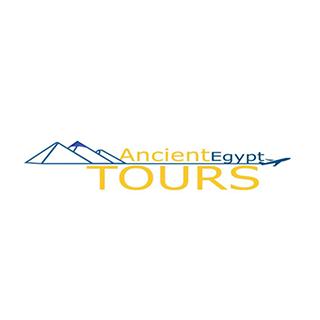Avaris
Avaris was the capital city of ancient Egypt during the Second Intermediate Period and the Hyksos reign. The city was located in the eastern Nile delta, near the modern-day city of Tel El-Daba. Avaris was established as a capital by the Hyksos invaders and thus became a cultural melting pot of Egyptian and Hyksos traditions.
The Hyksos ruled over Lower Egypt for about 150 years and dominated Avaris between 1650 and 1550 BCE. The city of Avaris then was the center of trade and commerce in the region as it was a strategic location and a gateway to the Mediterranean Sea. It served as a trading hub for eastern countries such as the Levant, Assyria, and Babylonia, which made it a thriving city with a cosmopolitan community.
The Hyksos culture and their rule had a great influence on the city’s architecture. Avaris had a fortress-like wall, and it was well-defended with a moat and watchtowers. Palaces, neighborhoods, and temples were also built within the city walls. The buildings were made of mud-brick and wood, and their interiors displayed the Hyksos style of decoration, distinguished by brightly colored walls with hunting and chariot motifs.
The Hyksos introduced new technology and horse-drawn chariots to Egypt. They used these innovations in warfare and to develop a horse industry, which helped them gain and maintain control over the region. Avaris, being the capital, became the center of this technology and culture. It also became a place where the local population could interact with the Hyksos. The Hyksos art was unique, and the discoveries made in Avaris gave new insights into a dynasty that was once regarded as a minor element in Egyptian history. The city of Avaris was eventually captured by the pharaoh Ahmose I, who expelled the Hyksos from Egypt around 1550 BCE. Later, as Egypt was reunited under the Pharaohs of the New Kingdom, Avaris was abandoned and fell into ruins.
Today
the site of Avaris is a vast archaeological excavation site near the city of Tel El-Daba. Many discoveries have been made, including the Hyksos palace and the royal tomb of King Khayan, the last of the Hyksos rulers. These discoveries provided valuable insight into the art, culture, and technology of the Hyksos and Avaris, which have helped archaeologists and historians better understand and appreciate ancient Egypt.




Comment (0)